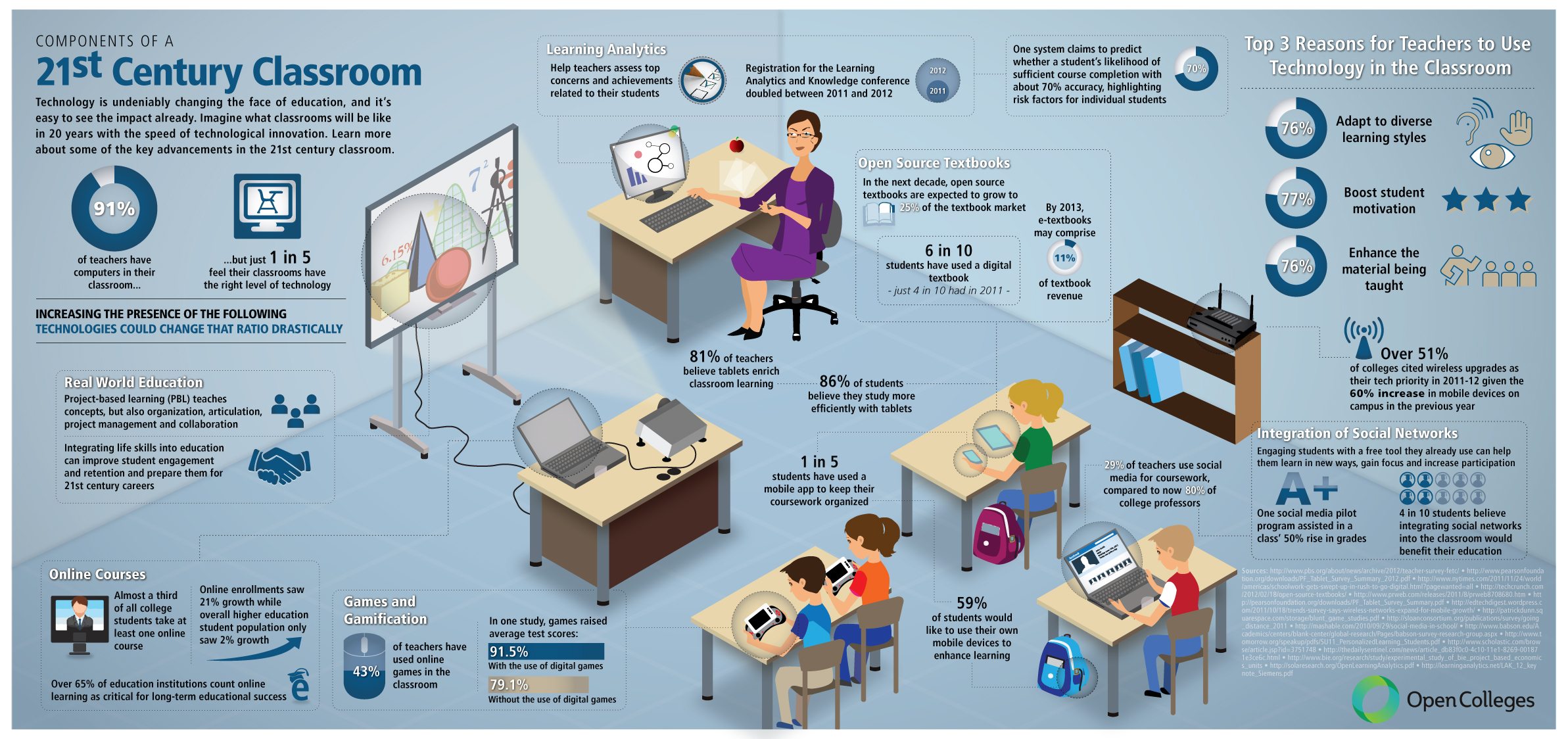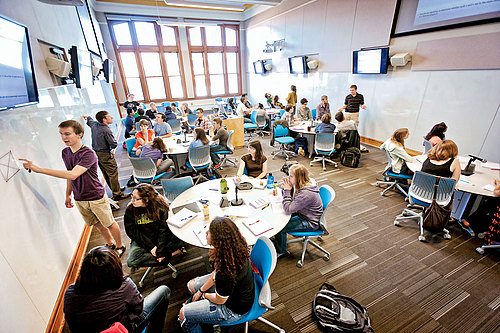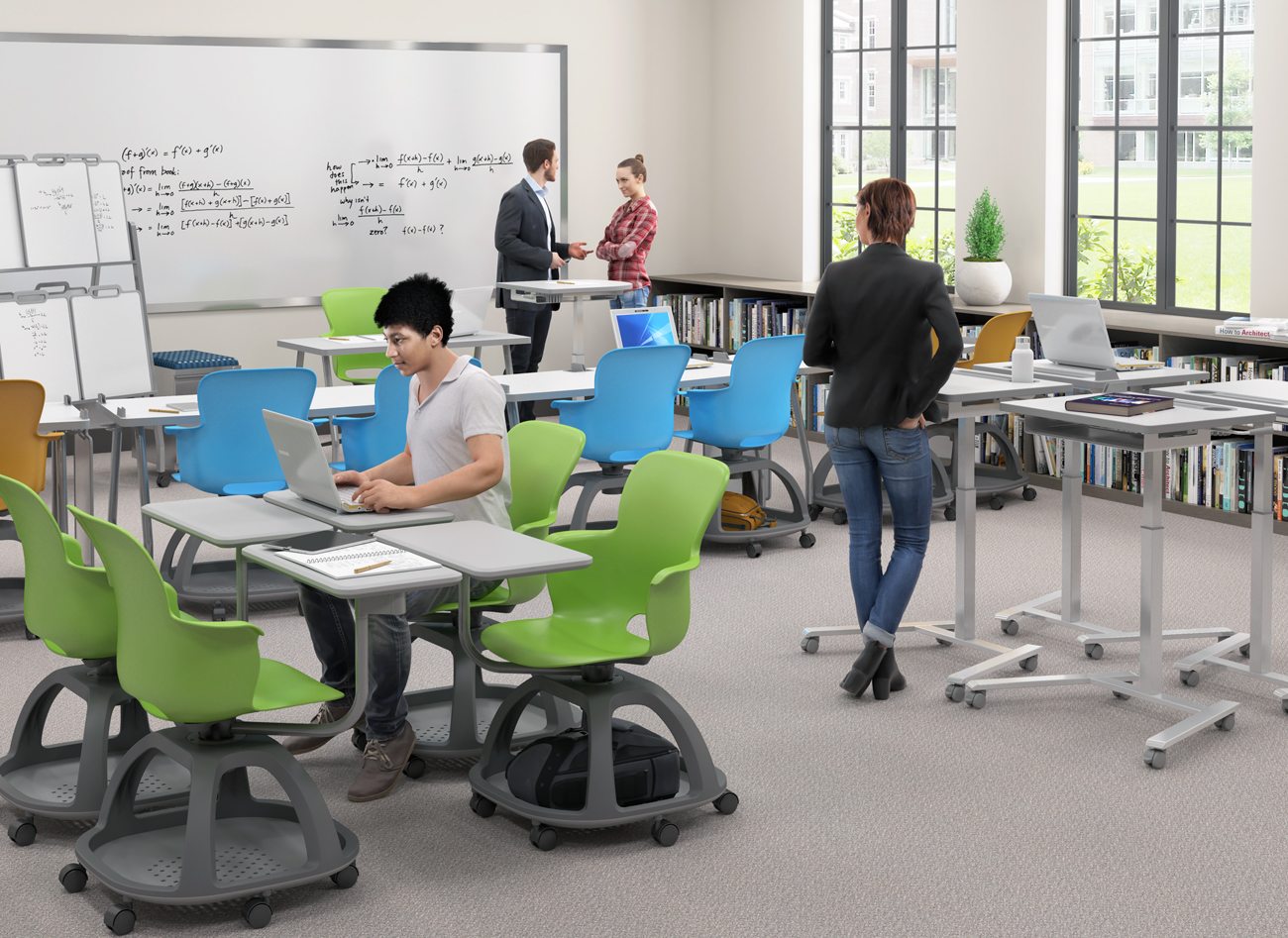The long days of summer will soon be turning into the shorter, crisper days of fall. As parents load up on supplies for their children, educators are looking to enable their students to succeed with new technology. And, why wouldn’t they? A report from the Alliance for Excellent Education and the Stanford Center for Opportunity Policy in Education (SCOPE) finds that technology – when implemented properly – can produce significant gains in student achievement and boost engagement, particularly among students most at risk. But as every teacher knows, technology is a double-edged sword. While there is evidence of improvement in grades and test scores, there is also evidence of decreased attention spans among students. In fact, according to the NY Times article Technology Changing How Students Learn, Teachers Say which looks at 2 studies done by the Pew Internet Project and Common Sense Media, one teacher notes that with her accelerated students she’s seen a marked decline in the depth and analysis of their written work. She goes on to say “I’m an entertainer. I have to do a song and dance to capture their attention.”
Technology has changed the way students learn and it isn’t going away. If anything, it is becoming more pervasive. While students in the 90’s went home to type up reports on their household PC, today’s students expect answers in an instant from their own personal mobile tablets and phones. Who knows what the students of tomorrow will expect? So, if technology has fundamentally changed the ways students learn and engage, and schools are rushing to arm students with it, why hasn’t the classroom environment changed to support this student and teacher of the 21st century?

Source: http://elearninginfographics.com/
The above image is supposed to show the modern student and the modern teacher. And, while all of the elements of technology are there – there is something critical missing from this picture. Can you guess? The desks and chairs look like they’re from the 1950’s. When envisioning the 21st century classroom, most people think about technology—but the environment is as critical to student success as the technology. By contrast look at this real-world picture from Carleton College.

Source: https://apps.carleton.edu/academics/archive/?story_id=903935
Technology lines the walls while the students use whiteboards in small groups to collaborate. Chairs and tables are easily configurable to support this mode of learning.
Technology has forced learning to become active. Students don’t require teachers to give them facts and figures, their phones can tell them those answers in an instant. “Siri, how many ounces in a pound?” But teachers have become more important than ever. Students need teachers to help them learn to absorb the information so readily available to them and to learn how to communicate, innovate, problem solve and think critically.

This is the 21st century classroom. Technology and environment working together to help the teacher create student success.
“Environmental factors have significant effects on pupil and teacher well-being. Poor quality lighting, ventilation, acoustics and furniture all have a negative effect on student achievement and health. In recent years, there have been a number of research studies published on the impact of lighting, air quality and acoustics on learning.”
– Learning Environment Affects Students’ and Teachers’ Abilities
Tips for Back to School Furniture shopping
According to School Planning and Management, School furniture and equipment should…
- safeguard the physical well-being of students through appropriate ergonomics and the ability to adjust to individual student’s physical needs.
- be flexible both within the subject area and within the individual lesson and promote creative teaching and learning experiences.
- be designed to minimize time spent on setting up and arranging spaces, freeing teaching staff for curriculum delivery.
- encourage excellence by facilitating the widest possible range of teaching and learning strategies.
- reflect the move from teacher-focused to learner-focused education.
- help contribute to the institutional message about the value placed on staff, students and the processes of teaching and learning.
Furniture that meets the needs of children, teachers and schools and is well designed will benefit all — from better classroom environments, to improved student comfort, behavior and health. So, this back to school season, make sure furniture AND technology are on your list.
Back to Insights










